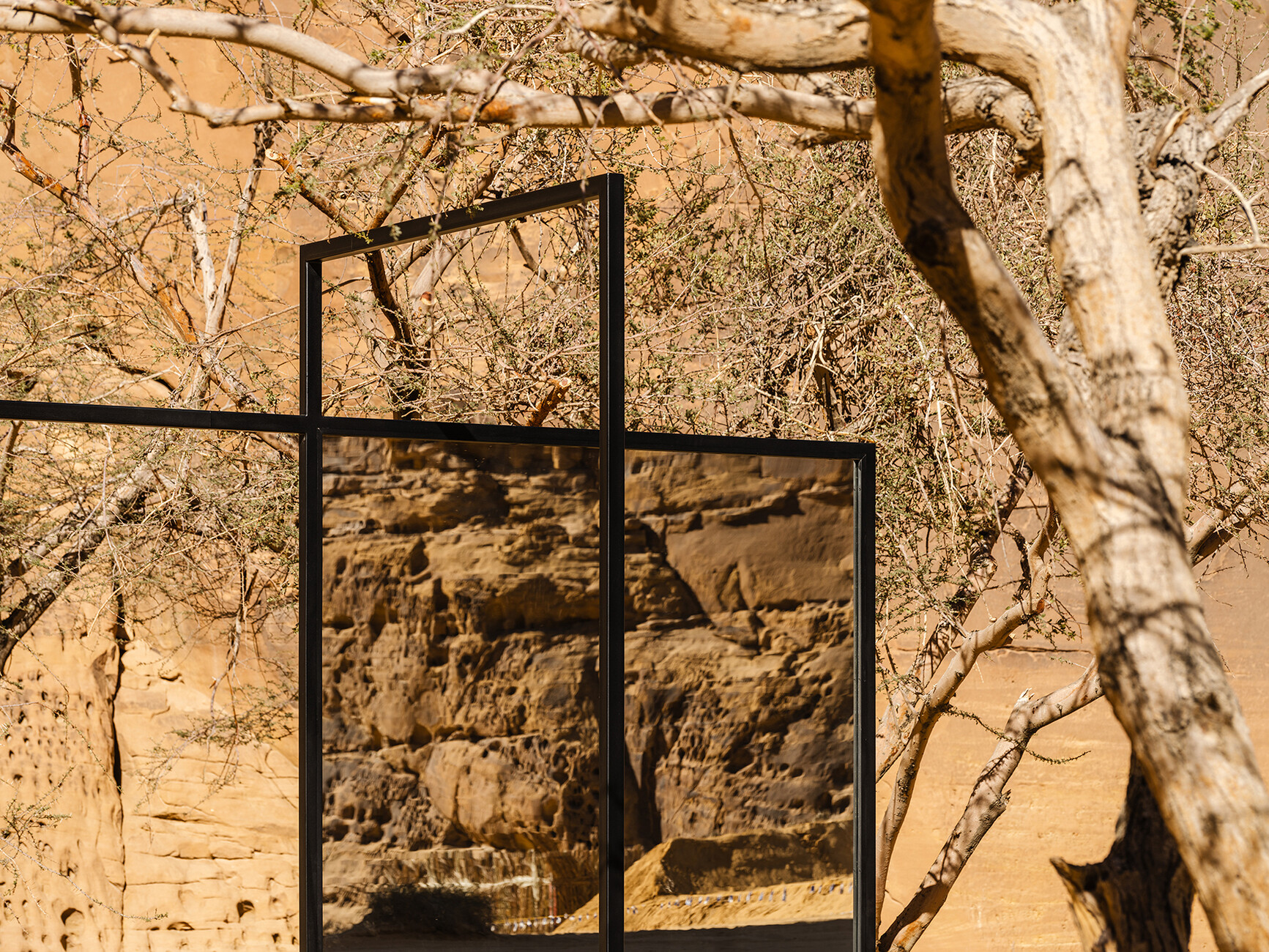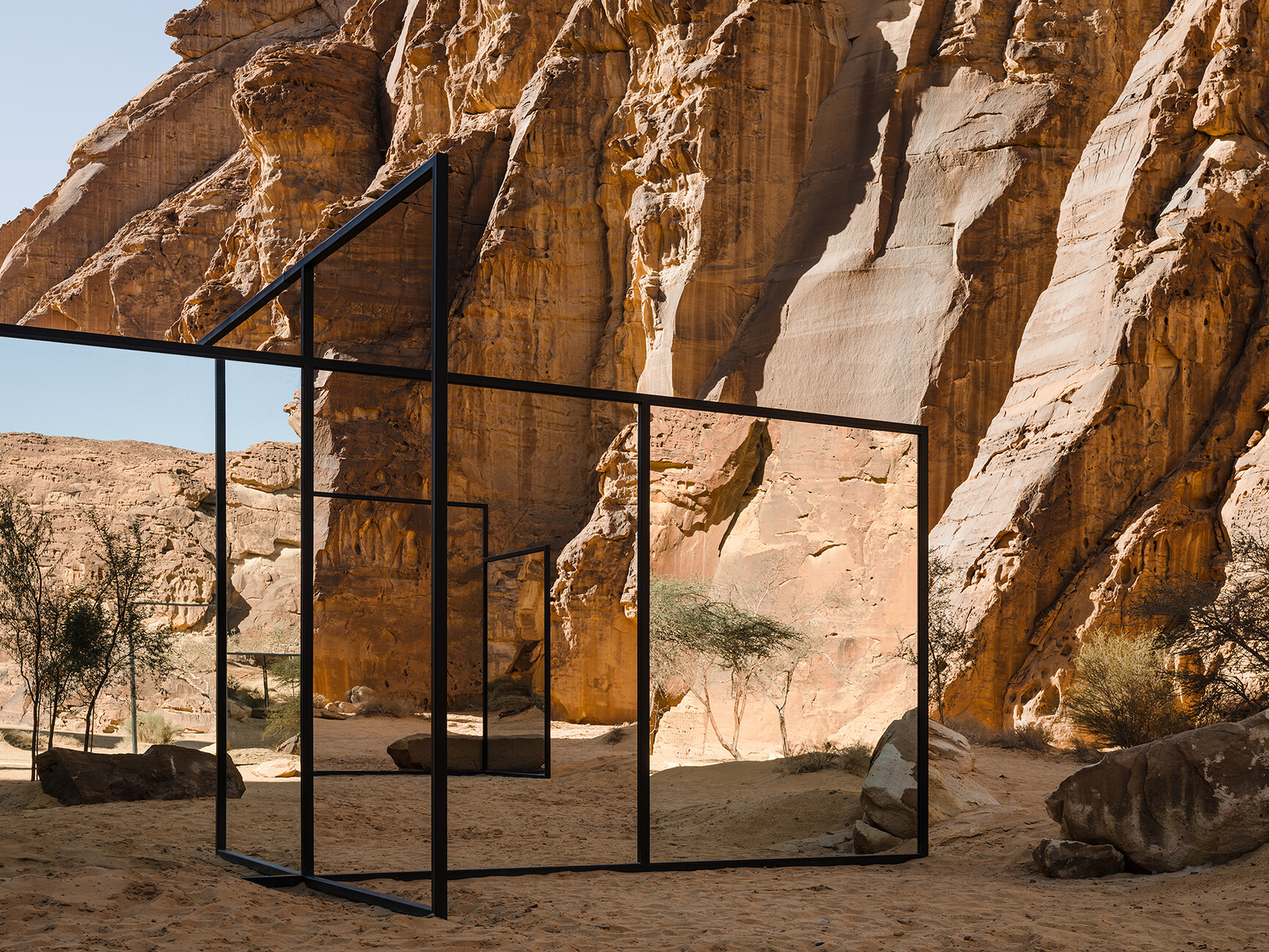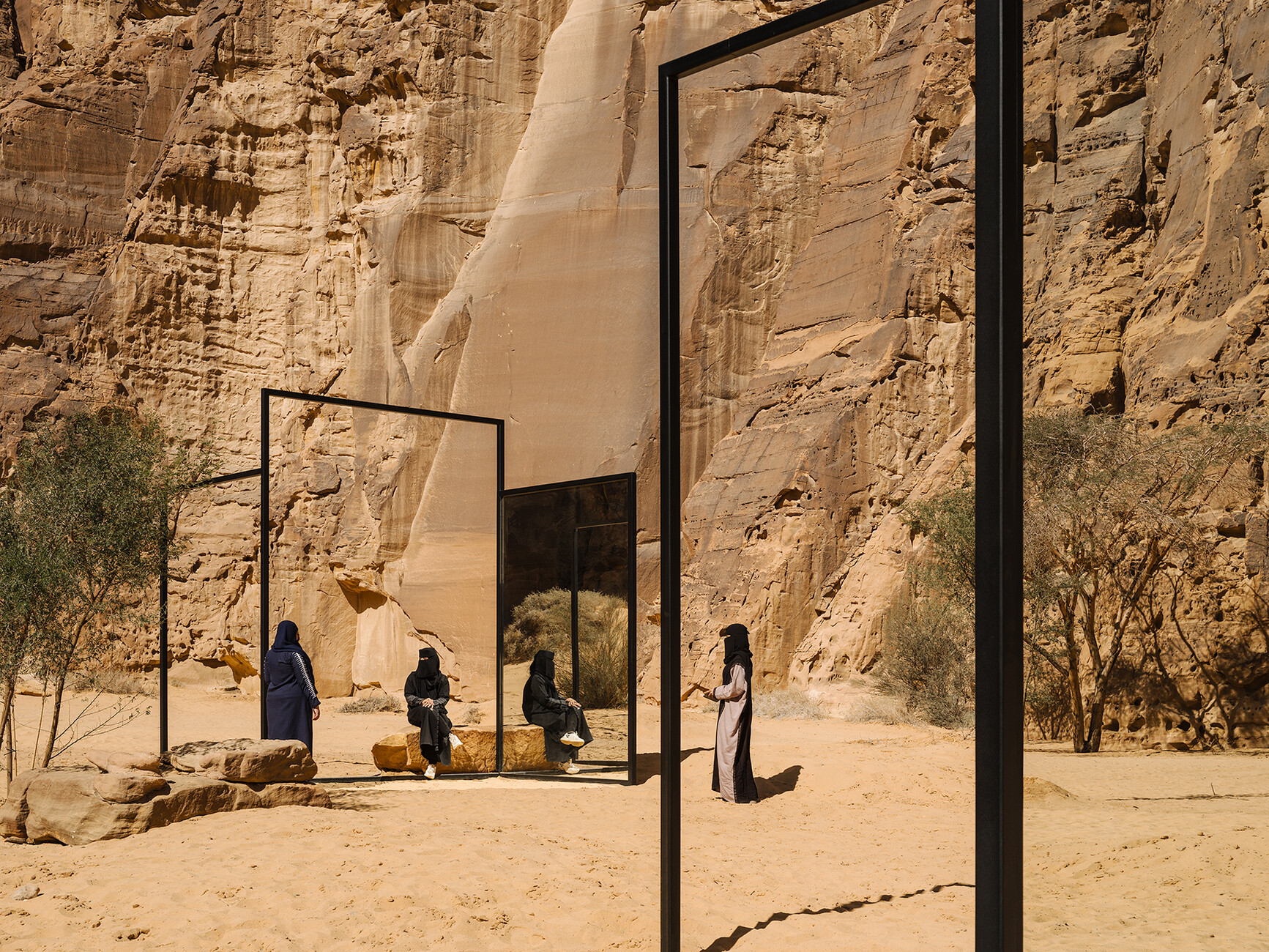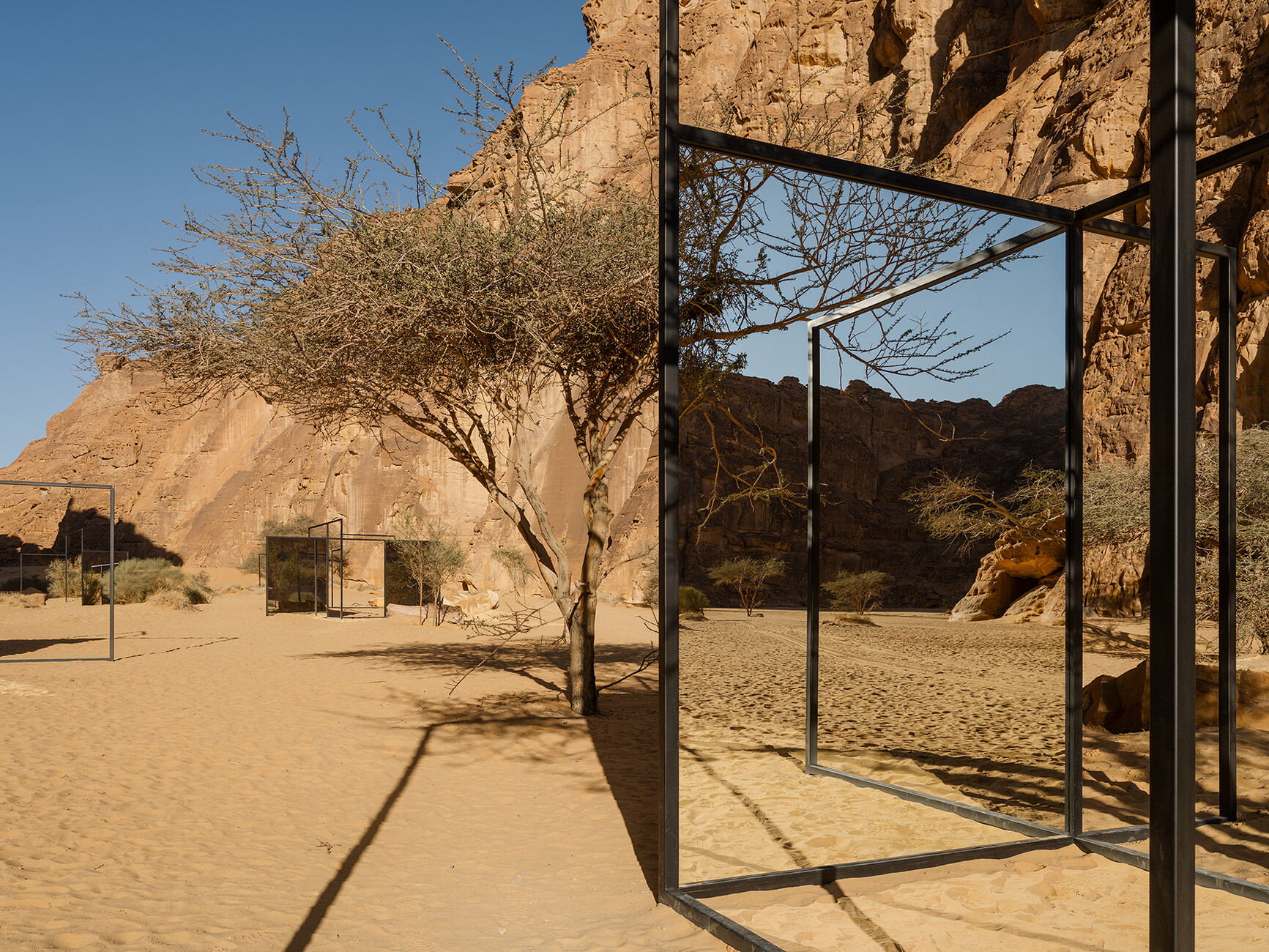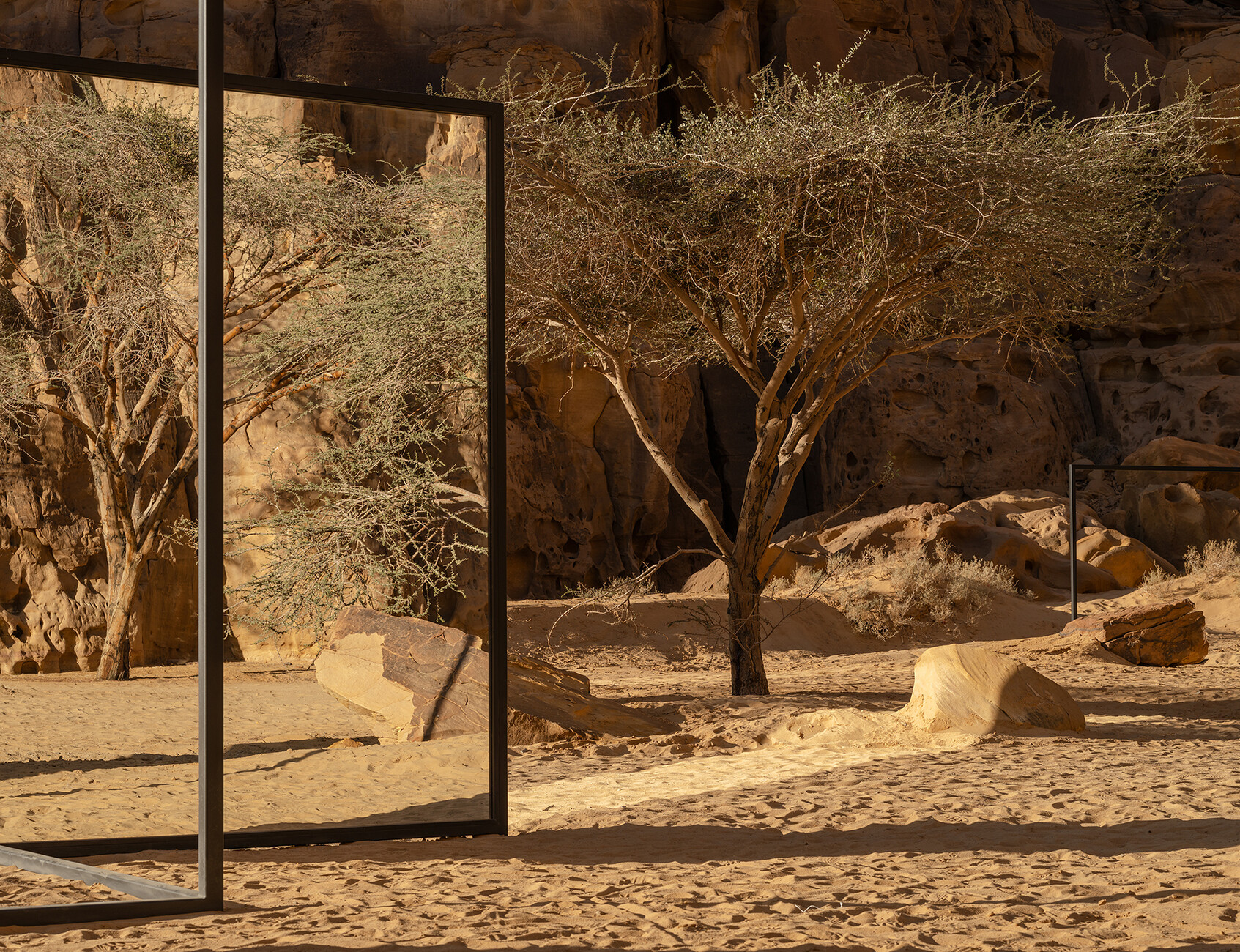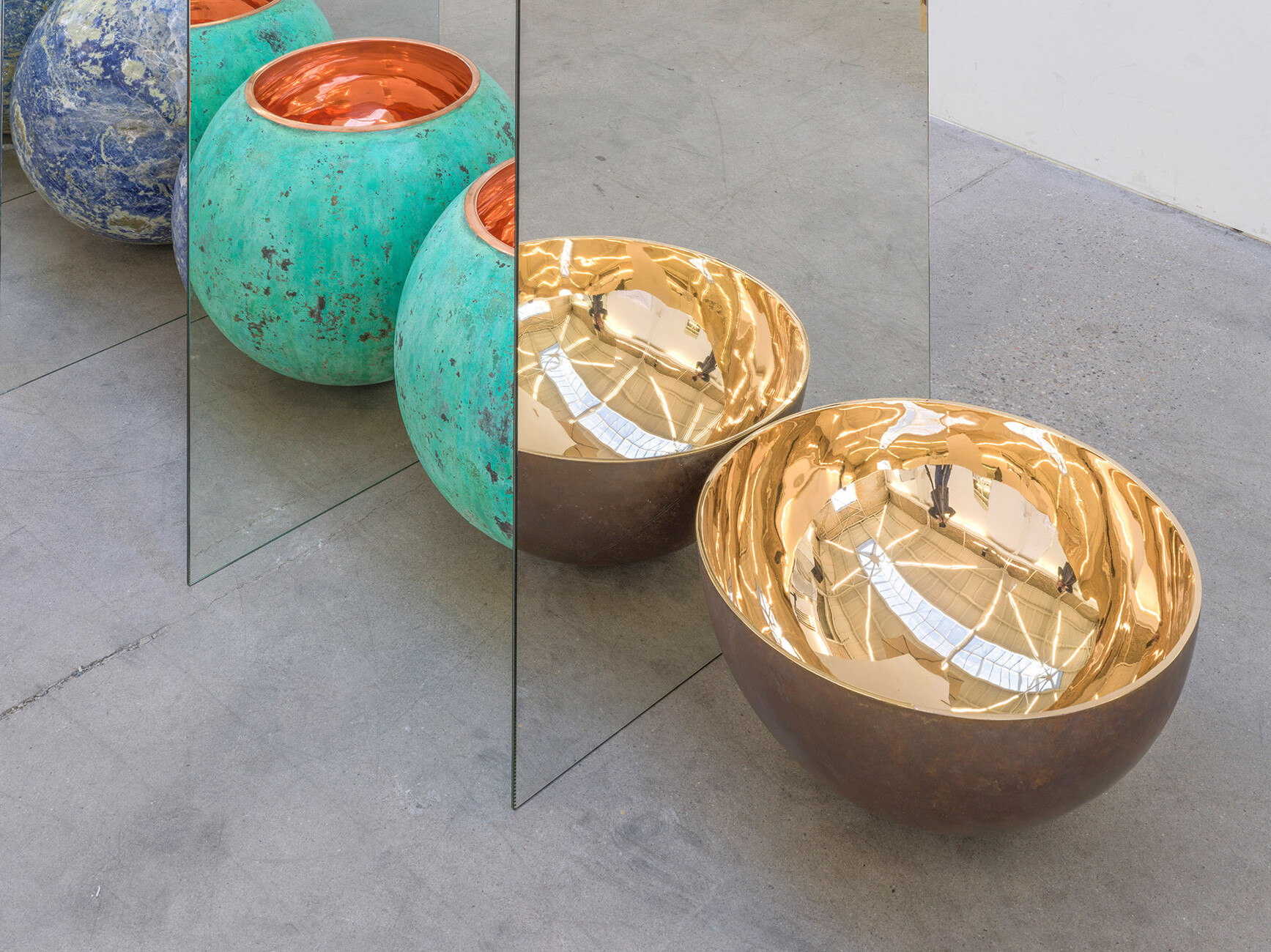Looking at everything from the outside
Anna Moldenhauer: Ms. Kwade, your work is characterized by the question of why the system, the conventions that we perceive as reality, are the way they are – viewed both from the perspective of the natural sciences and from that of philosophy and cultural studies. You investigate those fundamental things, our existence, our systems, our place in the universe. To what extent do we have the opportunity to radically transform this world that we have constructed?
Alicja Kwade: We have every opportunity for practically any kind of possible world. The problem is only that we are a very large number of small organic entities that are very easy to get hold of and manipulate. Consequently, we can only see the overall situation from the inside. This means that we repeatedly adopt the same patterns and duplicate things. Moreover, most people do not want to consciously change anything. At the same time, every single one of our decisions means that we are constantly creating our own worlds – independent of whether our decisions come from inside us or from the outside.
One element of your work is the kind of architectural structures with which you create new and sometimes illusionary perspectives. And because of your oeuvre, people begin to understand the spaces where they have been placed in a more detailed way, as with “In Blur” or “ParaPivot”. What is it that you are trying to trigger in your viewers?
Alicja Kwade: As a matter of principle, there is no difference between what is in the indoor or outdoor domains or indeed whether items are inside or outside, in terms of the statement they make. However, who they are aimed at does vary. Pieces for the public realm are often more difficult because you need to take account of much more and there is also a great deal more bound up with the material used. And of course, these things need to meet the relevant requirements. You are then correspondingly more limited in formal terms, something that also impacts on content. This is nevertheless worthwhile, if only because it means that you reach a wider audience, one, moreover, that is not necessarily on the lookout for art. Getting through to such people is also of huge importance. With art in the public realm, you can also influence entire communities and in the best possible case, this can lead to a process of identification with art and with a particular place, which in turn guards against nationalistic identification mechanisms.
I have read that you feel that there is never enough time for all your ideas for works and that because of this you work extremely rapidly. At the same time, time itself and its impact on us often form the subject of a large number of your works. What would put us in a position to change this restless system?
Alicja Kwade: I definitely don’t share the widespread opinion that a restless system represents a dependency of any kind, one that we need to or should eliminate. Things very much depend on the relevant outcome. More time and rest don’t necessarily equate to greater quality. And time is romanticized and classified far too much for my tastes – indeed, it is almost as if less time is not a good thing. However, as I see things, time is not such an uncomplicated issue. I would simply like to have only a little time but for much longer. It is just because we are temporally limited beings that we all get the feeling that we would like more time.
For your work you transform everyday objects that were once intended for a specific purpose – be this making smartphones into DNA helixes, champagne bottles that have been ground into a powder or wall clocks that no longer tell the time. Is it the case that your designs and the kinds of material you use are crucial to your transformations?
Alicja Kwade: The object must, as far as possible, look like the one I am thinking about. Unfortunately, I cannot know what other people are thinking when they hear the terms “stone”, “lamp”, or “clock”. However, the objects I use correspond to the simplified image I have in my head about for that particular word. And then there are the kinds of object that I choose consciously because they represent a certain time. I presume that the stone I am thinking about will still be basically the same 100 years from now, whereas nobody will immediately think about iPhones once they have stopped existing in their present form.
One element of your work is the illusion of individuality. At the same time, creatives strive to produce a distinctive work, both in the world of art and the contexts of design and architecture. Aren’t they just shooting themselves in the foot by so doing?
Alicja Kwade: As my work often demonstrates, there is no such thing as truth or individuality. There are only variations in time and space.
Many of your works are sculptural. To simplify things, you sometimes describe yourself as a sculptor. Why did you opt for this form of artistic expression?
Alicja Kwade: I have never found a good reason for painting. I have had a large number of good reasons for producing videos and taking photographs, initially partly because of commercial considerations, because the relevant media were made available by the University of the Arts. Then, when I had some money, I spent everything on materials as well as being really, physically capable of producing pieces myself. And because I am now finding that outside spaces and, more than anything else, public outdoor sculptures are increasingly important to me, sculpture is almost the only option as far as I am concerned.
Why do you prefer to be alone in the room to create your designs, to sketch them out, produce the concept for them?
Alicja Kwade: Because that is an extremely intimate process and because you have to adopt a different frame of mind for it, one that is rather like a trance. This state of mind is not easy to achieve and is only possible in isolation – and with music.
What is it about our world that is a mystery to you, one that you would like to solve?
Alicja Kwade: I would like to know why all this with us and the world. But better not, it's probably for a good reason that our brains are not designed to understand that.
What projects are you and your team currently working?
Alicja Kwade: Oh, on any number of them.




























